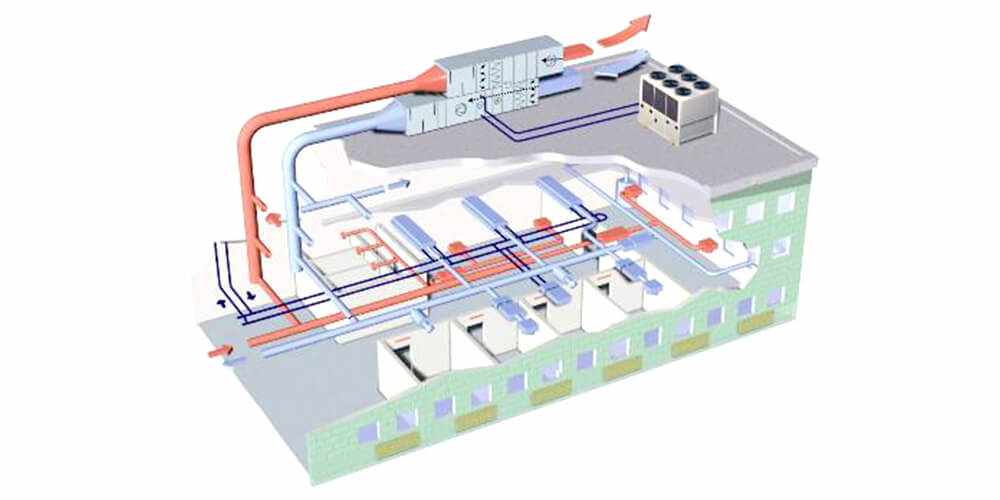
Introduction
The South Korea HVAC System Market is known for its rapid adoption of advanced technologies and a strong focus on energy efficiency. In this dynamic landscape, hybrid HVAC systems, which intelligently combine the benefits of both electric and gas power, are emerging as a compelling solution for residential and commercial buildings alike. This article delves into the intricacies of hybrid HVAC systems in South Korea, exploring their technology, advantages, market trends, and future potential.
Understanding Hybrid HVAC Systems
At their core, hybrid HVAC systems integrate two distinct heating and cooling sources – typically an electric heat pump and a gas furnace or boiler – into a single, intelligent unit. The system is designed to automatically select the most efficient and cost-effective heating or cooling mode based on factors such as:
Outdoor Temperature: Heat pumps are highly efficient in moderate temperatures but their efficiency decreases in extreme cold. Hybrid systems utilize the gas furnace as a backup for efficient heating during frigid conditions. Similarly, the electric heat pump handles cooling efficiently in warmer months.
Energy Prices: The system's smart controls can be programmed to prioritize the energy source that offers the lowest cost at any given time, factoring in fluctuating electricity and gas prices.
User Preferences: Users may have the ability to manually override the system's automatic selection based on their comfort preferences or environmental considerations.
Why Hybrid HVAC is Gaining Traction in South Korea
Several factors are contributing to the growing interest in hybrid HVAC systems within the South Korean market:
Energy Efficiency Goals: South Korea has ambitious national energy efficiency targets and actively promotes technologies that reduce energy consumption in buildings. Hybrid systems offer a pathway to significant energy savings compared to traditional stand-alone gas or electric systems. By leveraging the efficiency of heat pumps in moderate climates and switching to gas for peak heating demands, overall energy use can be optimized.
Cost Savings Potential: While the initial investment in a hybrid system might be higher than a conventional single-fuel system, the potential for long-term cost savings is a major driver. By utilizing the most economical energy source depending on the season and prevailing prices, homeowners and businesses can significantly lower their utility bills over the lifespan of the system.
Environmental Concerns: Reducing reliance on fossil fuels is a key environmental objective globally, and South Korea is no exception. Hybrid systems, by primarily using electricity (which can be generated from increasingly cleaner sources like nuclear and renewables) for a significant portion of the year, contribute to a lower carbon footprint compared to solely gas-powered systems.
Climate Considerations: South Korea experiences distinct seasons with both hot, humid summers and cold winters. Hybrid systems offer a robust solution that can efficiently handle these varying temperature extremes, ensuring year-round comfort.
Government Incentives and Policies: The South Korean government often implements incentives and policies to encourage the adoption of energy-efficient technologies, including HVAC systems. These initiatives can make hybrid systems more financially attractive to consumers and businesses.
Technological Advancements: Continuous innovation in HVAC technology, particularly in smart controls and inverter technology for both electric and gas components, is enhancing the performance and efficiency of hybrid systems. Smart thermostats and sophisticated algorithms enable seamless switching between fuel sources and optimized energy usage.
Key Components and Technologies in South Korean Hybrid HVAC Systems
A typical hybrid HVAC system in South Korea comprises the following key components:
Electric Heat Pump: This unit serves as the primary cooling source in summer and a significant heating source during milder winter periods. Inverter technology is increasingly common in South Korean heat pumps, allowing for variable speed operation and enhanced energy efficiency.
Gas Furnace or Boiler: This acts as the auxiliary heating source, providing reliable and efficient heating during the coldest months when the heat pump's efficiency may decline. High-efficiency condensing gas furnaces and boilers are prevalent in the South Korean market.
Intelligent Control System: This is the "brain" of the hybrid system. It monitors indoor and outdoor temperatures, energy prices (if integrated), and user settings to automatically select the optimal heating or cooling mode. Advanced algorithms ensure seamless transitions between the electric and gas components.
Ductwork and Distribution: Similar to traditional forced-air systems, ductwork distributes the heated or cooled air throughout the building. For hydronic (water-based) hybrid systems, a network of pipes distributes heated water to radiators or underfloor heating systems.
Smart Thermostat: Many hybrid systems are paired with smart thermostats that offer features like programmable schedules, remote control via smartphone apps, and integration with other smart home devices. Some advanced thermostats can even learn user preferences and optimize energy usage automatically.
Market Trends and Adoption in South Korea
While hybrid HVAC systems are still in a relatively early stage of adoption compared to conventional systems in South Korea, several market trends indicate a promising future:
Growing Awareness and Consumer Education: As energy costs rise and environmental concerns become more prominent, South Korean consumers are increasingly seeking energy-efficient and cost-effective HVAC solutions. Educational campaigns and greater availability of information are driving awareness of the benefits of hybrid systems.
Increasing Availability of Hybrid Systems: Major HVAC manufacturers, both domestic (like LG and Samsung) and international players with a presence in South Korea, are expanding their offerings of hybrid HVAC systems to cater to the growing demand.
Integration with Smart Home Ecosystems: The strong adoption of smart home technologies in South Korea creates a favorable environment for hybrid systems that can seamlessly integrate with these ecosystems, offering enhanced control and automation.
Focus on Retrofit Opportunities: While new construction provides opportunities for hybrid system installations, the large existing building stock in South Korea represents a significant retrofit market. Compact and adaptable hybrid systems are being developed to facilitate easier upgrades from older, less efficient systems.
Government Support and Incentives: Continued or expanded government incentives, such as subsidies or tax credits for energy-efficient HVAC installations, could significantly accelerate the adoption of hybrid systems.
Challenges and Considerations for Hybrid HVAC in South Korea
Despite the growing interest, some challenges and considerations need to be addressed for wider adoption of hybrid HVAC systems in South Korea:
Higher Upfront Costs: The initial investment in a hybrid system can be higher than that of a traditional single-fuel system, which might be a barrier for some consumers.
Installation Complexity: Installing a hybrid system requires expertise in both electrical and gas connections, potentially increasing installation costs and requiring specialized technicians.
Space Requirements: Hybrid systems may require slightly more space for the dual components compared to a single-unit system.
Consumer Understanding and Trust: Educating consumers about the benefits and operation of hybrid systems is crucial for building trust and encouraging adoption.
Infrastructure Considerations: In areas with limited or no gas infrastructure, the feasibility of gas-electric hybrid systems may be restricted. Electric-only hybrid systems (combining different types of electric heating) might be a more suitable alternative in such cases.
The Future of Hybrid HVAC in the South Korean Market
The future of hybrid HVAC systems in South Korea looks promising. As the country continues its push towards energy efficiency and sustainability, and as technology advances further, hybrid systems are likely to play an increasingly significant role in the HVAC landscape. Key trends to watch include:
More Sophisticated Control Systems: Artificial intelligence (AI) and machine learning (ML) will likely be integrated into hybrid system controls, enabling even more precise optimization of energy usage based on real-time data and predictive algorithms.
Enhanced Integration with Renewable Energy: Hybrid systems could be designed to seamlessly integrate with on-site renewable energy sources like solar panels, further reducing reliance on the grid and fossil fuels.
Development of More Compact and Flexible Designs: Manufacturers will likely focus on developing more compact and adaptable hybrid systems that are easier to install in a wider range of building types.
Increased Focus on Electric-Based Hybrids: As South Korea invests in cleaner electricity generation, electric-based hybrid systems (combining different types of electric heating like heat pumps and resistance heating) may gain more prominence, particularly in areas without extensive gas infrastructure.
Stronger Government Support: Continued and potentially expanded government incentives and regulations favoring energy-efficient HVAC technologies will be crucial for driving the widespread adoption of hybrid systems.
Conclusion
Hybrid HVAC systems represent a smart and increasingly attractive solution for heating and cooling in South Korea. By intelligently combining the strengths of electric heat pumps and gas furnaces/boilers, these systems offer the potential for significant energy savings, reduced environmental impact, and enhanced year-round comfort. While challenges such as upfront costs and installation complexity exist, the South Korean market's strong focus on energy efficiency, coupled with technological advancements and potential government support, positions hybrid HVAC as a key technology to watch in the years to come. As consumers and businesses seek more sustainable and cost-effective ways to manage their indoor climate, the intelligent blend of electric and gas in hybrid HVAC systems is poised to play a crucial role in shaping the future of the South Korean HVAC market.

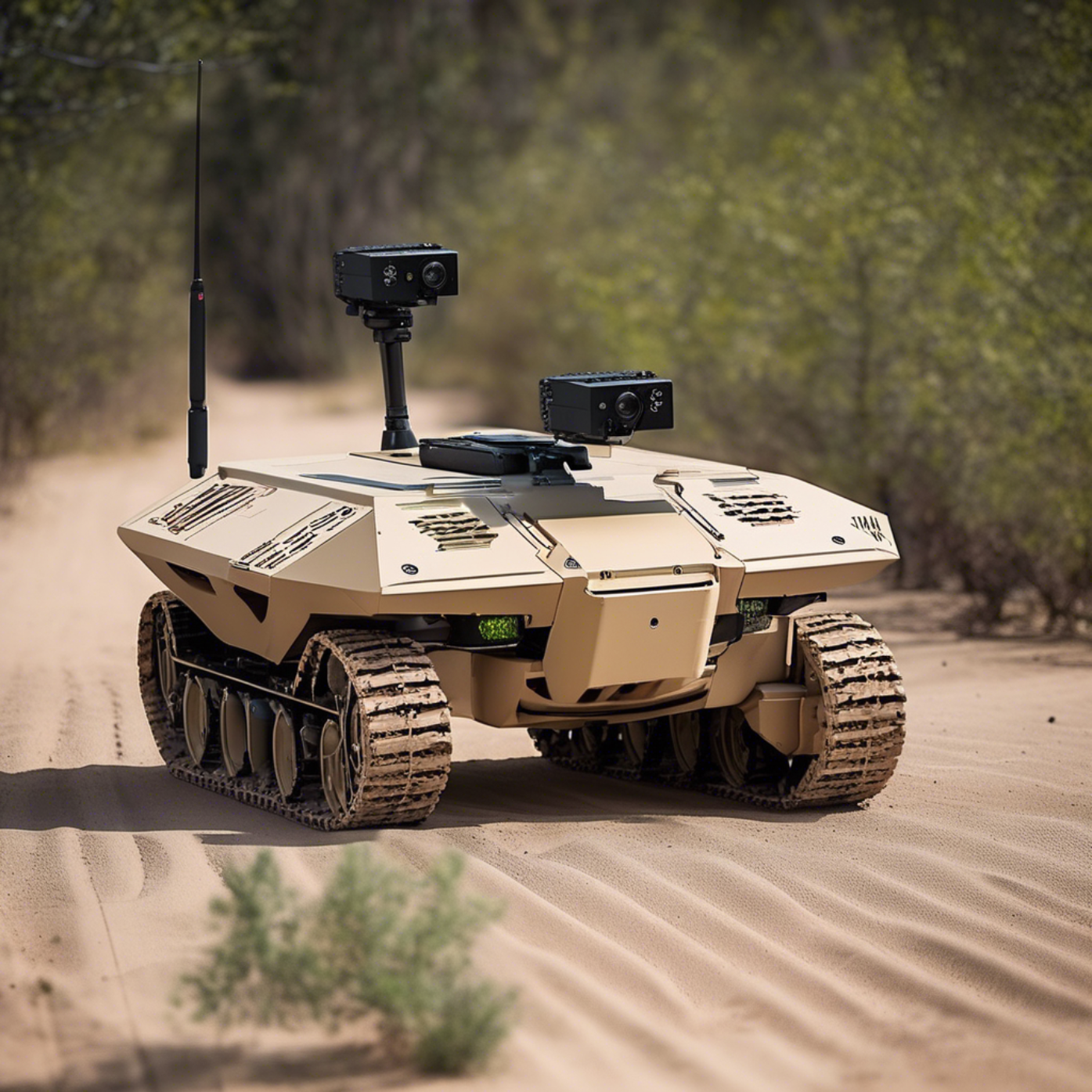





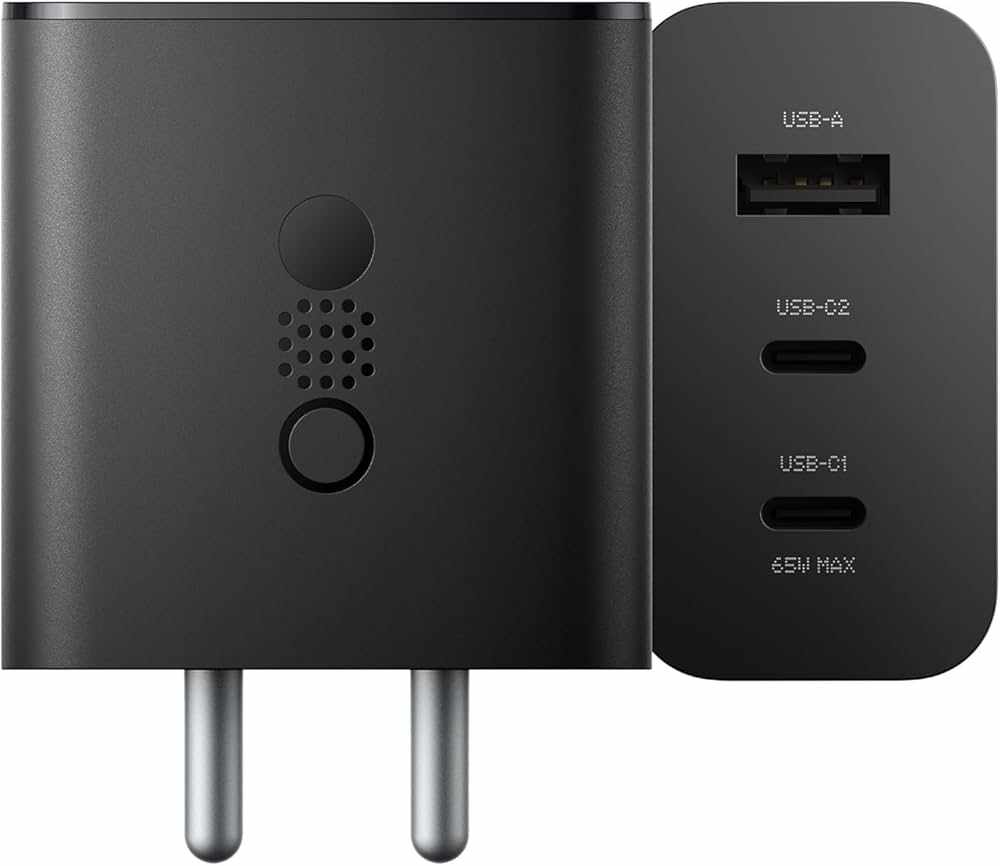
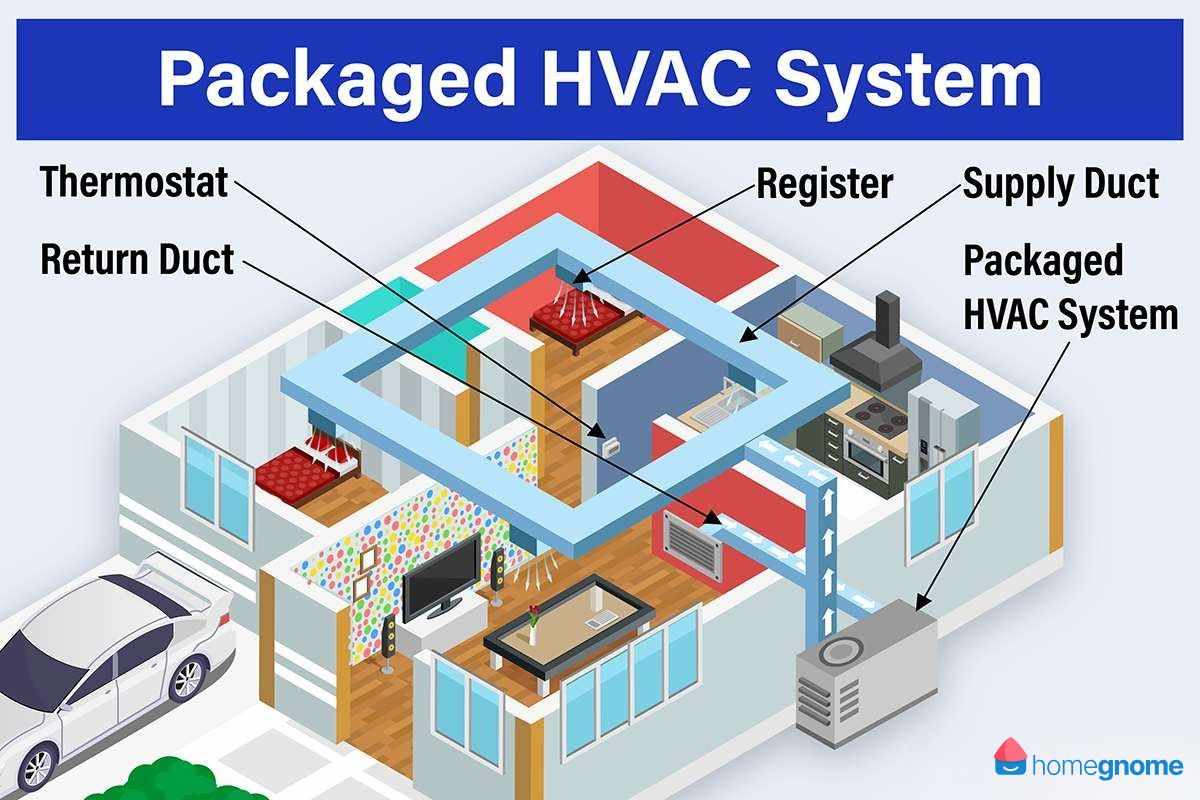
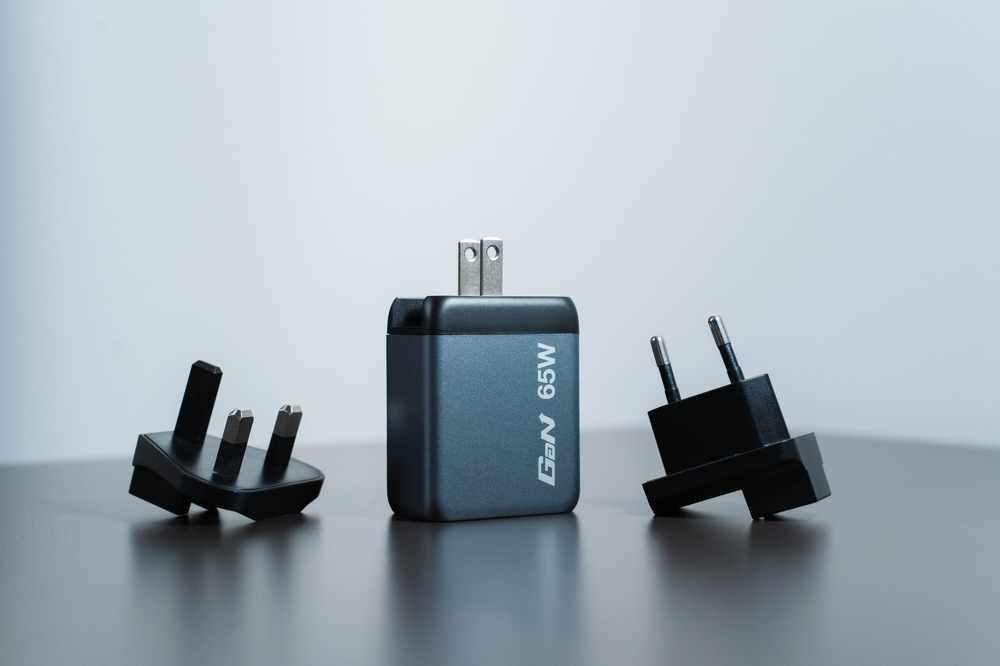
Write a comment ...